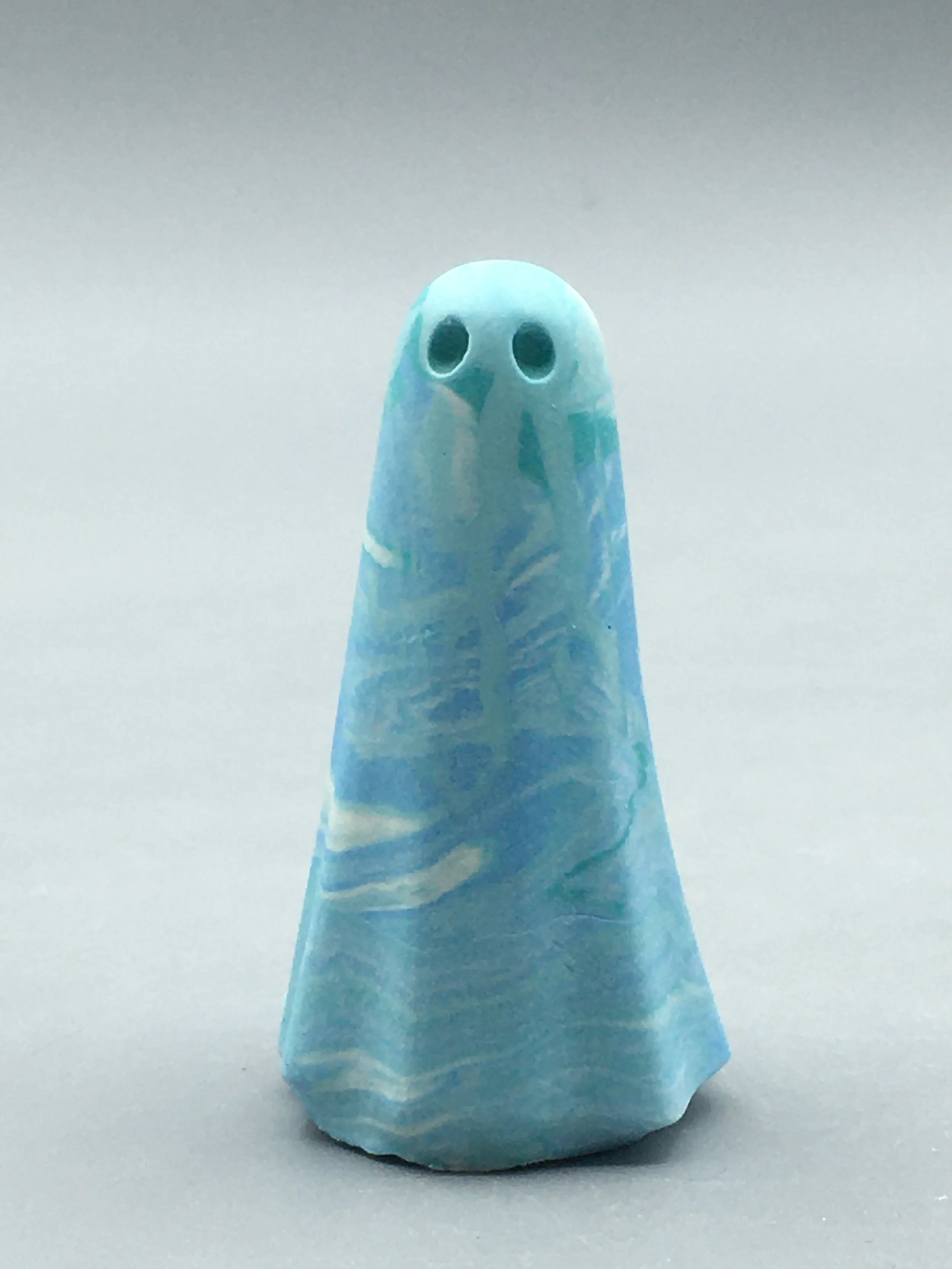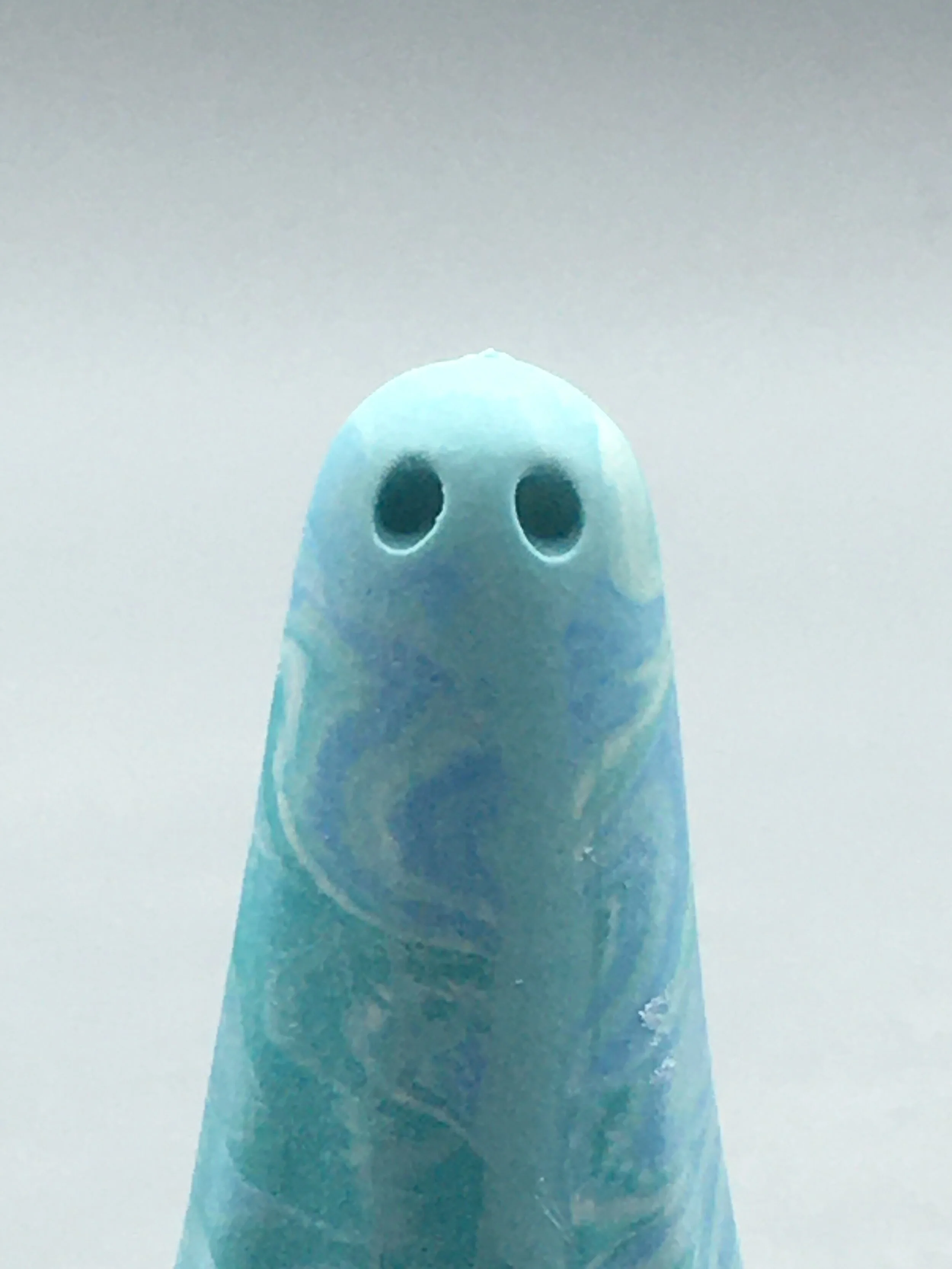


Summer Darling
Grace Darling became a national heroine after risking her life to save the stranded survivors of the wrecked steamship Forfarshire in 1838.
The following account is penned by the RNLI ( The Royal National Lifeboat Institution )
On 5 September 1838, the SS Forfarshire set off from Hull to Dundee, carrying around 60 passengers and crew. During the night, the ship’s boilers began to leak and despite repair attempts by the crew, the leaks became worse.
By 11pm the following night the boilers had failed completely, forcing Captain Humble to stop the engines. The Forfarshire began to drift, buffeted by the ferocious gale-force winds that had begun to blow.
The Captain decided to turn back and seek shelter near Farne Islands, powered only by a makeshift sail. The storm was getting worse and the pitch black night, tempestuous seas and downpour of rain made it increasingly difficult to navigate.
Eventually the Captain saw a light, which he believed to be the lighthouse of Inner Farne, and headed towards it. In reality, he was drifting towards Longstone Lighthouse, unaware of the perilous rocks which surrounded it.
At 4am the steamship crashed into Big Harcar Rock, a mile from Longstone Lighthouse. There was no time to call the passengers from their cabins and get them into boats. Within 15 minutes the ship had lurched into the rocks once more, breaking the vessel in two. The front half of the ship became stuck on the rock. The back half was swept away by the sea, and sank with more than 48 people onboard.
Grace saw the wreck from her bedroom window at 4.45am and ran to the telescope to search for survivors. It wasn’t until 7am that it became light enough to see there were people on the rock. In terrible weather, Grace Darling and her father William decided to row out and rescue the survivors.
They rowed for almost a mile to reach them, fighting against the ferocious waves and powerful wind. They could see several people moving on Big Harcar Rock and realised they would have to make two trips to rescue them all.
William climbed onto the rocks to examine the injuries of the survivors, while Grace stayed in control of the boat, rowing it backwards and forwards to avoid crashing into the reef.
A female passenger who had lost two children, an injured man and two crew members were chosen to make the first trip back to Longstone. They arrived safely and William and the two crew men returned for the remaining survivors, whilst Grace and her mother tended to the others. By 9am, the rescue was complete and nine survivors had been rescued from the ship. Nine other people survived that night too, by jumping into a lifeboat before the stern of the ship sank. They were swept away by the current and rescued by a sloop that same night.
Grace became renowned as a heroine and won the hearts of the nation. The courageous rescue was reported by national newspapers and her story spread internationally. She received several awards, including a Gold Medal of Bravery from the Royal Humane Society and a Silver Medal for Gallantry from the RNLI. Admirers sent letters, money and fine gifts to Grace - and even Queen Victoria sent £50. Artists travelled to Longstone to paint her portrait, which were sold to the curious public and Grace became immortalised in plays, songs, poems and memorabilia.
Tragically, Grace developed tuberculosis in 1842 and died in her father’s arms on 20 October. Her funeral took place 4 days later at St Aidan’s Church in Bamburgh, Northumberland which was attended by hundreds of people wishing to pay their last respects.
This is the Summer version of the Darling Ghost. The darker winter edition will be imbued with the colours and menace of a North Sea storm.
Batch of 110
Release date: 12/6/20
